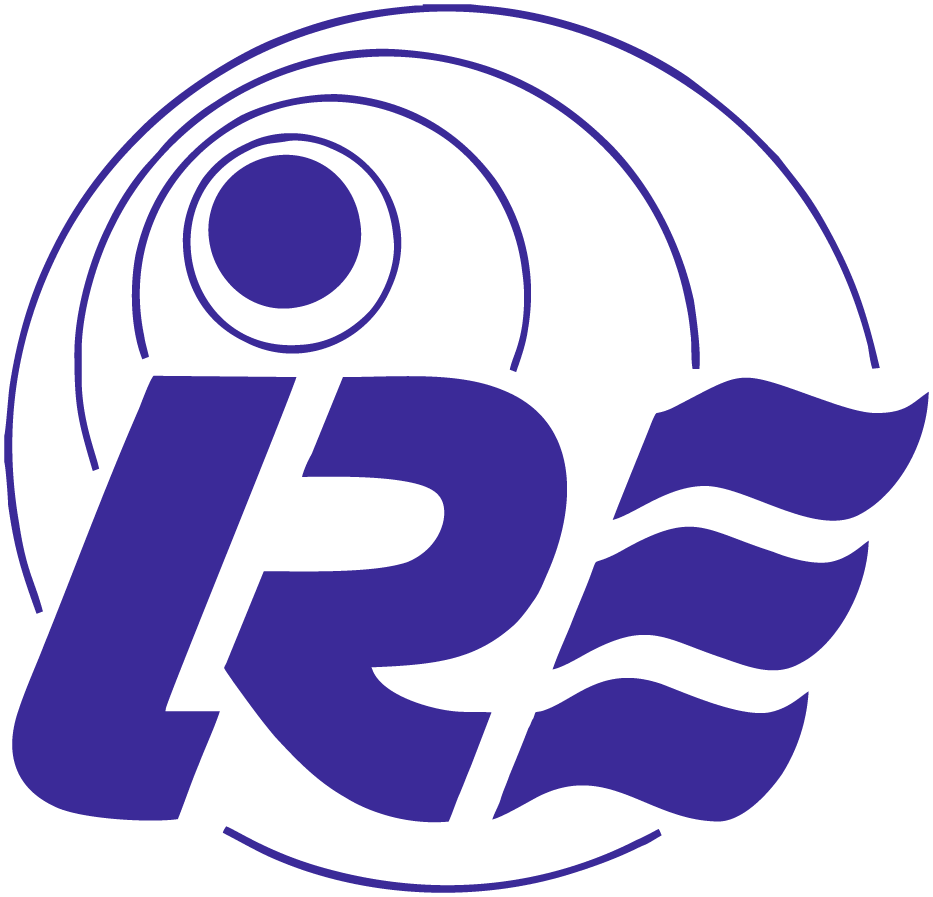The department 33 has its origin from the laboratory of microwaves absorption (MWA) established in 1955 and headed by A. Ya. Usikov. At that time the laboratory has three groups. The I. H. Vakser group studied the propagation of millimeter waves in absorbing media. The G. Ya. Levin group designed generators of millimeter waves for such kind of research, and the G. S. Mikhailov group designed cathodes and absorbing loads. In that time new type of the microwave generator, klinotron, was designed.
The MWA department headed by A. Ya. Usikov was distinctive from others: its structure and subjects were very dynamic. Usikov readily supports new initiatives usually came from young scientists. He often protected these scientists and created for their purposes new research groups in his department. Successful and competitive enough group in some time could come apart from the department as a separate subdivision.
Many departments, namely, the biophysics department, the low temperature plasma laboratory, the laboratory of quantum electronics, and the laboratory of image processing were formed in such a way. A. Ya. Usikov department now is known as “The department of quantum electronics and nonlinear optics” and has three sub-units: the quantum electronics group, the image processing group and the nonlinear phenomena group.
The image processing group deals with the development of new image forming procedures and processing techniques adopted for the scientific data retrieval using images taken during scientific observations.
The nonlinear phenomena group deals with the study of nonlinear phenomena in some optical systems and microwave electronic devices.
In 1956, a klinotron – a kind of a backward millimeter broadband waves tube having high efficiency, was designed in the department. In 1960, the Krylov-Bogolyubov-Mitropolsky method for the weakly nonlinear wave equation in a waveguide was stated. In 1962, the first in Kharkov ruby laser was activated. In 1964, the kinetic theory of the laser based on working material with random inhomogeneities of the refractive index was developed. In 1966, the theory for the optimum signal accumulation in the photon counting mode during light probing of the astronomical object was formulated. In 1970, the coherent-optical device for the images analysis and filtration was put into service.

 10.08.2016
10.08.2016